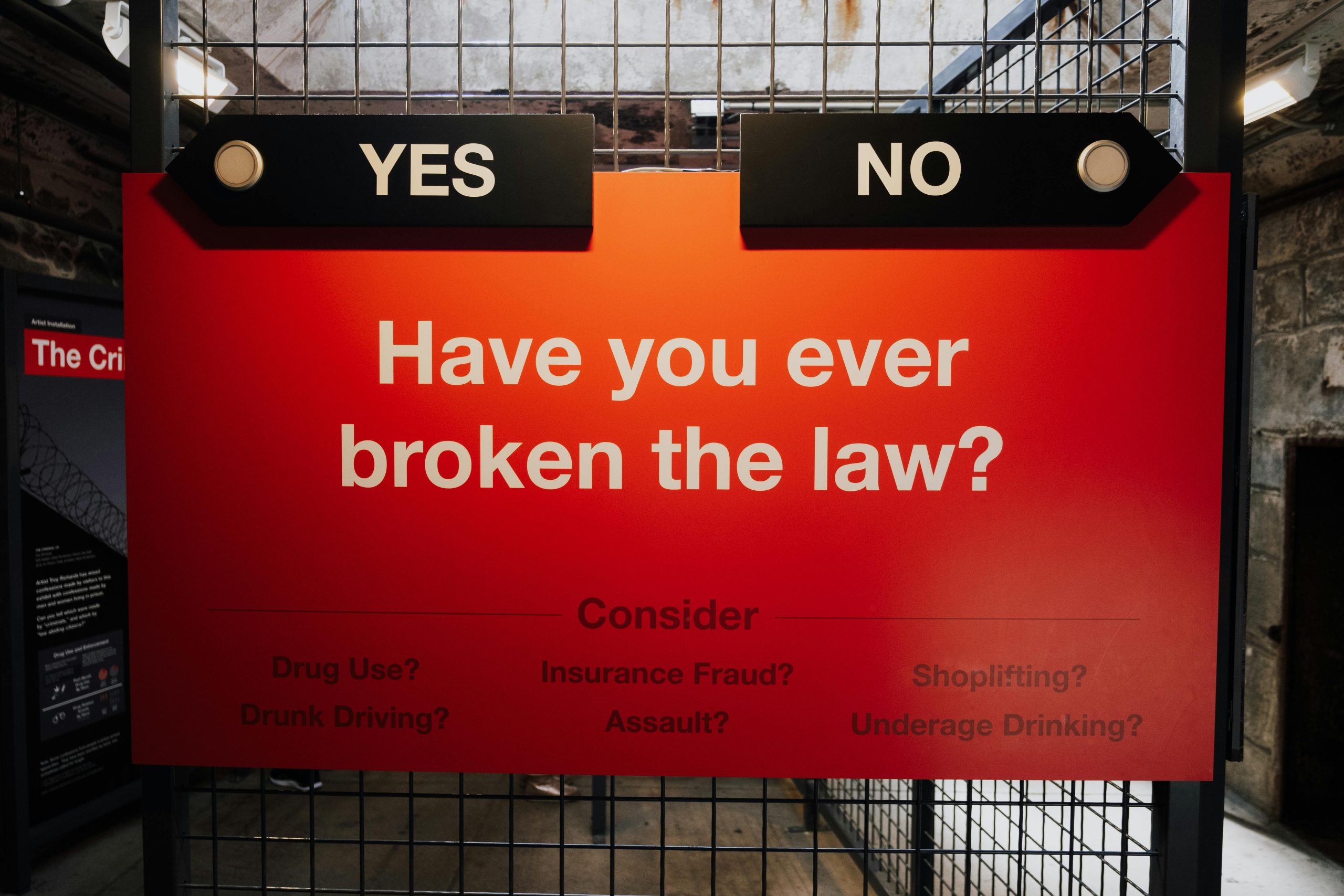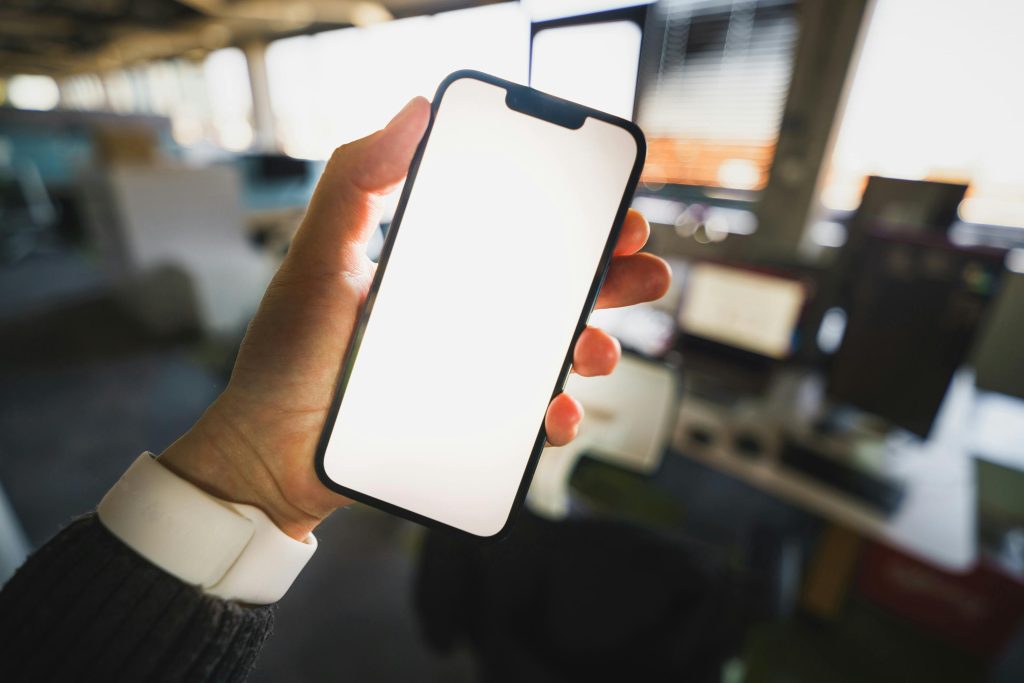Troubleshooting a No-Display Issue After BIOS Configuration Changes: A Step-by-Step Guide
Introduction
Adjusting BIOS settings can sometimes lead to unforeseen complications, especially if certain configurations are altered inadvertently. If you’ve recently modified your BIOS and now your computer experiences a lack of display output, along with issues such as unresponsive peripherals, this article provides a comprehensive troubleshooting approach to help you diagnose and resolve the problem.
Understanding the Scenario
In this case, the user was modifying BIOS settings to participate in a game beta. During this process, they accidentally changed their secure boot mode from ‘Standard’ to ‘Custom’ and adjusted platforming keys. Subsequently, the system powers on—fans and lights are active—but no display is shown, and peripherals like the keyboard and mouse are unresponsive.
Possible Causes
– Incorrect BIOS configuration leading to display output issues
– Secure boot settings preventing proper initialization
– Hardware conflicts triggered by BIOS changes
– Firmware corruption or BIOS flashing errors
– Static or residual power affecting hardware initialization
Step-by-Step Troubleshooting
- Reset BIOS to Default Settings
- Power down your computer completely.
- Disconnect all peripherals and power sources.
- Open your PC case or access the motherboard’s BIOS reset jumper.
- Use the jumper to clear BIOS settings or remove and re-seat the CMOS battery for about 5 minutes.
- Reinstall the CMOS battery if removed.
-
Reconnect power and peripherals, then attempt to boot.
-
Use a BIOS Flashback or Recovery Method
- If your motherboard supports BIOS flashing from USB or a recovery mode, prepare a BIOS recovery drive following the manufacturer’s instructions.
-
Use a stable power source and follow the procedure carefully to reflash the firmware to a stable version.
-
Check Hardware Connections
- Ensure all hardware components are properly seated:
- RAM modules
- Graphics card
- Power connectors
-
Remove and reinsert these components if necessary to confirm proper contact.
-
Test with Minimal Hardware Configuration
- Disconnect all non-essential peripherals and hardware.
- Test booting with only CPU, one stick of RAM, and integrated graphics if available.
-
Observe if display output appears.
-
Monitor POST Indicators and Beeps
- Listen for POST beep codes or observe motherboard diagnostic LEDs to identify hardware issues.
-
Consult your motherboard manual for specific codes.
-
Verify Graphics and Display Connections
- Confirm that your monitor is connected to the
Share this content:



